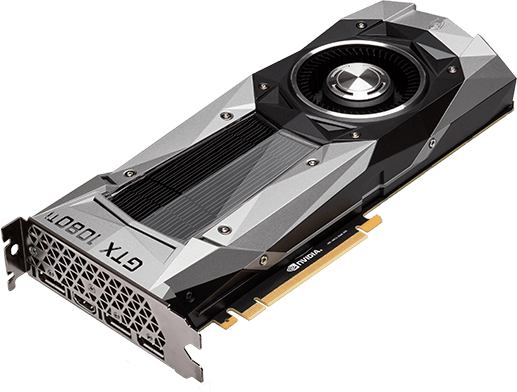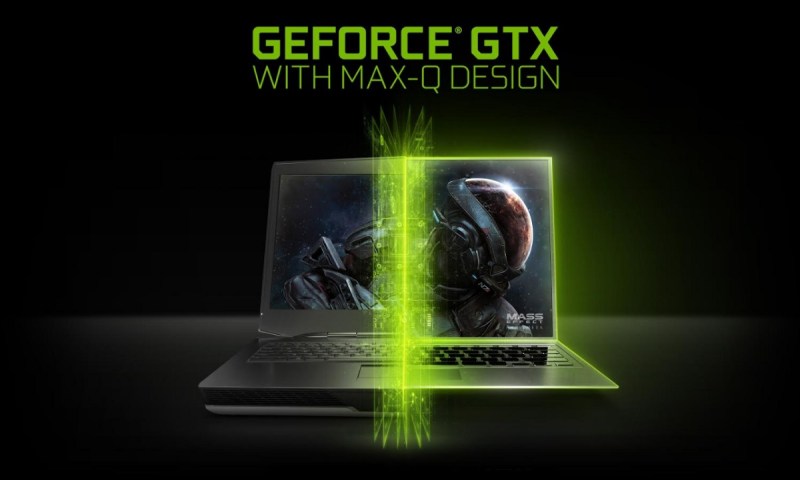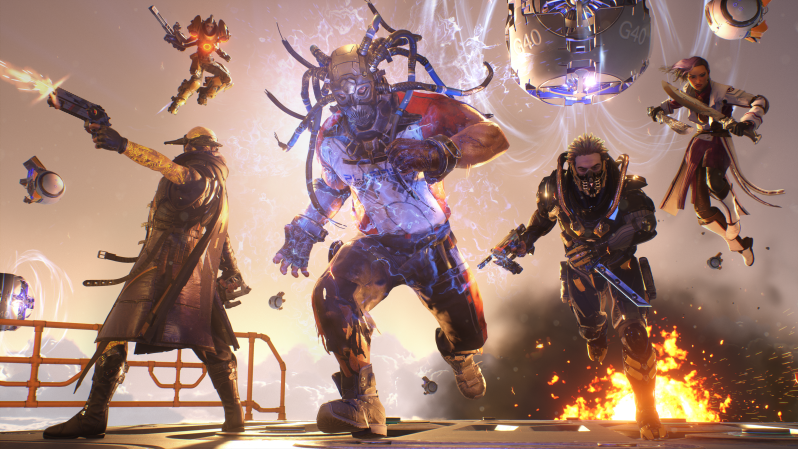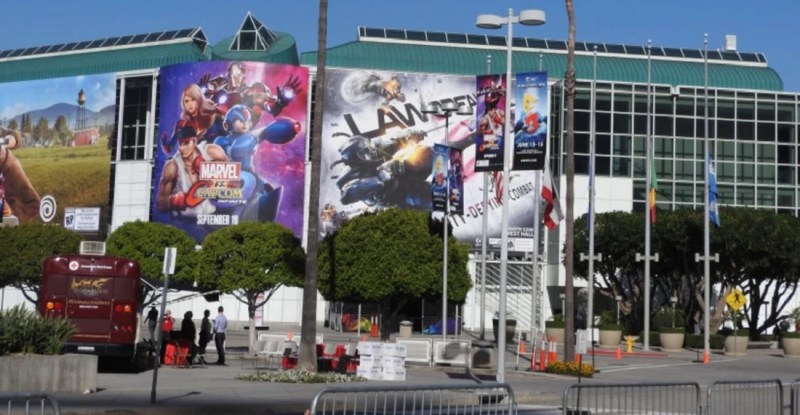Microsoft backed away from virtual reality on the Xbox One X at the Electronic Entertainment Expo (E3) last week. But it said that VR on the Windows PC is a good fit, and graphics chip maker Nvidia is all in favor of that idea.
VR has moved into its gap of disappointment, but there are plenty of believers who still say it will become a huge market over time. The market could reach $17.8 billion in VR hardware sales alone by 2020, according to SuperData Research.
E3 2017 had plenty of VR offerings, from Bethesda’s Doom and Fallout VR games to Sony’s plentiful PlayStation VR titles like Moss. More than 126 VR companies displayed products at E3 2017, compared to 54 a year earlier.
I spoke with Jason Paul, general manager for virtual reality product strategy at Nvidia, about VR at E3. He is one of the VR believers. Here is an edited transcript of our interview.

Above: Jason Paul of Nvidia.
GamesBeat: What’s your task here at the show?
Jason Paul: Honestly, it’s mostly meetings with partners and developers this year. We have a couple of VR demos we’re showing at our booth. We have Arctic One from 4A Games, the guys who make Metro. It’s a beautiful VR first-person shooter. The other one is Star Trek Bridge Crew, which released a couple of weeks ago, but they’re coming out with a patch here pretty soon that brings IBM Watson voice recognition to the game. It’s a neat example of how AI and VR are coming together, using AI to recognize what people say and translating that into voice commands for the game.
GamesBeat: Microsoft explained why they didn’t talk about VR at their E3 press conference. They said that they’re going to let the Windows side focus on VR. They’re not emphasizing on Xbox at the moment. I asked if that carries over into the future, and they said yes. It sounds like they’re not going to do that much with VR with Scorpio, at least in this generation, which is an interesting shift.
Paul: We’re definitely excited to see the next generation of headsets come to the Windows platform. We have a lot of partners working on holographic. We’re excited to see those headsets come out and bring some new features — like inside-out tracking and higher resolution displays.
GamesBeat: It seems like with the platform changing, it’s more suitable for the PC.
Paul: The PC has always been the leading-edge platform for new technologies. That’s true with VR as well. Being able to have a very high-performance computing platform that can drive the displays, as well as the openness of the platform for content innovation and different types of headsets and input devices. It’s natural that VR would start on the PC.

Above: The Nvidia GeForce GTX 1080 Ti .
GamesBeat: Does it seem like there’s still as much excitement for VR right now, despite all this talk about being in a trough?
Paul: At Nvidia, we’re very excited. Any major computing transition takes time. When we look at GPU computing and AI, we’ve been investing in that for 10 years. Self-driving cars, we’ve been investing in that for 10 years. Nvidia makes long-term investments. We don’t expect major technology transitions to happen overnight. But we’re excited for all the momentum behind VR this year. If you look at the top publishers in the world, 10 of the top 10 have announced that they’re working on VR projects. You have great headsets already hitting the market and more headsets coming from LG and Microsoft’s partners. A lot is happening over the next 12 months in VR.
Our big focus at GTX was expanding our VRWorks SDK. We released a 360 video SDK, and also demoed a live 360 4K stereo video stream, running on two Nvidia GPUs. We also released the VRWorks audio SDK.
GamesBeat: I think they said there are twice as many VR companies here at E3 compared to last year — 120 versus 54, something like that.
Paul: Over the last day or two, we’ve seen some big titles for VR. Fallout 4 VR, all the Bethesda announcements. Some great high-end content coming to VR.
GamesBeat: What about the PC itself? It seems to be in a prime period right now.
Paul: You have a combination of factors. You have 4K monitors, HDR, VR, esports, and a ton of great triple-A games. All of those are converging to make the PC a great gaming platform right now.

Above: Nvidia GeForce GTX with Max-Q design.
GamesBeat: On the GeForce side, you guys have more efficient laptops.
Paul: Right. At Computex, we announced our Max-Q notebooks. The challenge with gaming notebooks has always been, you want the best performance, but you want it in a portable form factor. Our engineers obviously spent a lot of years examining this and finding out how to reach something optimal. With Max-Q, we have some new approaches as far as how to design for that optimal point of performance in a thin, lightweight, quiet notebook. We’ve introduced a number of those with our partners at Computex, and we’re showing them here as well — MSI, Clevo, and Asus notebooks. If you compare the dimensions — we have a great slide that shows the size and weight of the prior generation compared to these. It’s one-third the thickness and half the weight.
GamesBeat: It seems like that could be very appealing for the esports crowd. The performance meets their needs, and they tend to want something more portable.
Paul: It’s compelling for esports. It’s compelling for VR. You want to take VR around and show your friends. It’s compelling for the development community. They want to be able to show off their content without lugging around big systems. We’ve gotten a lot of great feedback so far.

Above: LawBreakers in action.
GamesBeat: We saw some interesting announcements out of the PC gaming show yesterday. They talked about Age of Empires: Definitive Edition. LawBreakers has a launch date.
Paul: We’ve been working with the LawBreakers guys on a feature we call ShadowPlay highlights. Basically, it gives the developers ways to tell GeForce Experience and ShadowPlay when to record video. If you get a kill streak or an amazing play in a game, the game will automatically record that for you, and after your session’s finished, it’ll show you your highlights. That’s one thing we’re looking forward to from those guys.
GamesBeat: How do you distinguish ShadowPlay in the market among all the different ways people can record and stream?
Paul: It comes down to GPU acceleration and quality. Because we have a built-in hardware encoder, we can capture and encode that video very quickly with very minimal performance impact on a game, and we can do it at very high quality, up to 4K at 60 frames per second. The other thing is that it’s just easy to use. It’s built right into GeForce Experience, which many people already have on their PC. You hit alt-Z, pull up the interface, and capture.

Above: E3 2017.
GamesBeat: Streaming and influencers [are] exploding. It’s an interesting way for everybody to get the word out and receive information now.
Paul: One of the other things we use ShadowPlay for, we’re using it to do live streaming as well as video capture. You can use the exact same technology to live stream out to Twitch or YouTube. Earlier this year, we announced streaming to Facebook Live as well. It’s an interesting phenomenon. All sorts of game content sharing is happening now. Games are obviously an art form, but capturing content in games is becoming an art form too. That’s why we’re investing a lot in Ansel, which you’re probably familiar with.
GamesBeat: That’s the picture capture technology?
Paul: Right, our in-game photography mode. It’s been doing really well. We announced another couple of game integrations here at the show. There’s about 13 titles now with Ansel support. We’re getting a lot of positive feedback from the gaming community. They can capture their favorite characters and environments in new and interesting ways.
GamesBeat: Any other subjects that are on your mind right now?
Paul: We’re showing some of the G-Sync 4K HDR monitors at our booth here. You may have seen those before, but we’re showing off more with a few partners. And the rest of the booth this year is some of the top upcoming PC games. The core of our presence is 40 Destiny 2 PCs, showing it off in 4K on GeForce GTX. We also announced a bundle this morning with Destiny 2 and our GTX 1080 and 1080 Ti. That’s coming at the end of the month.

